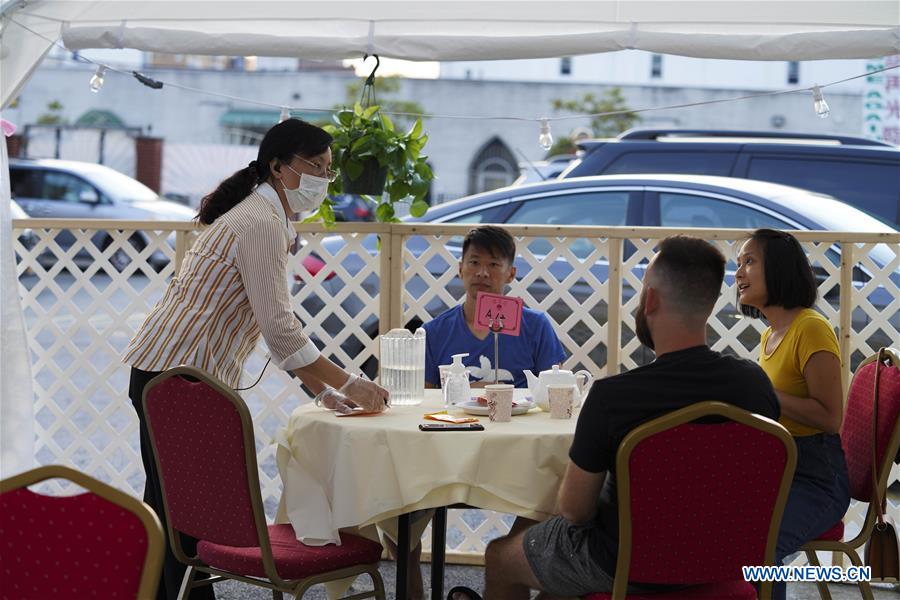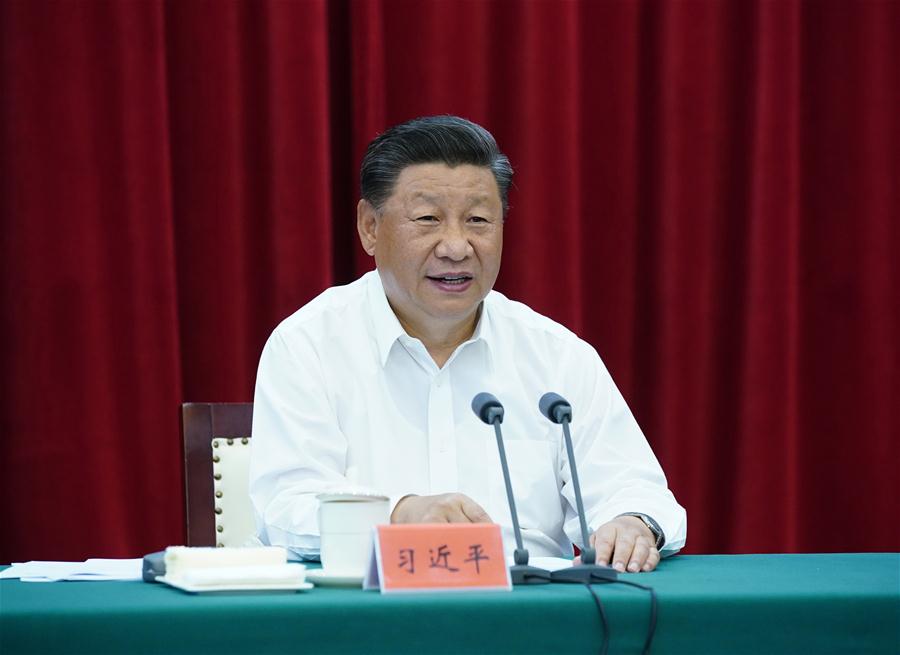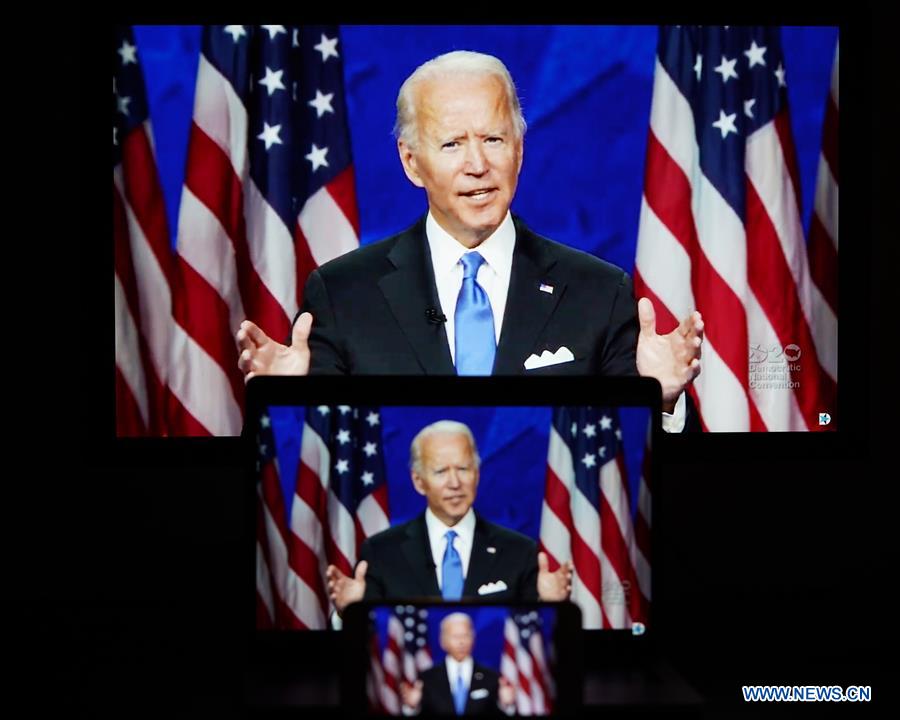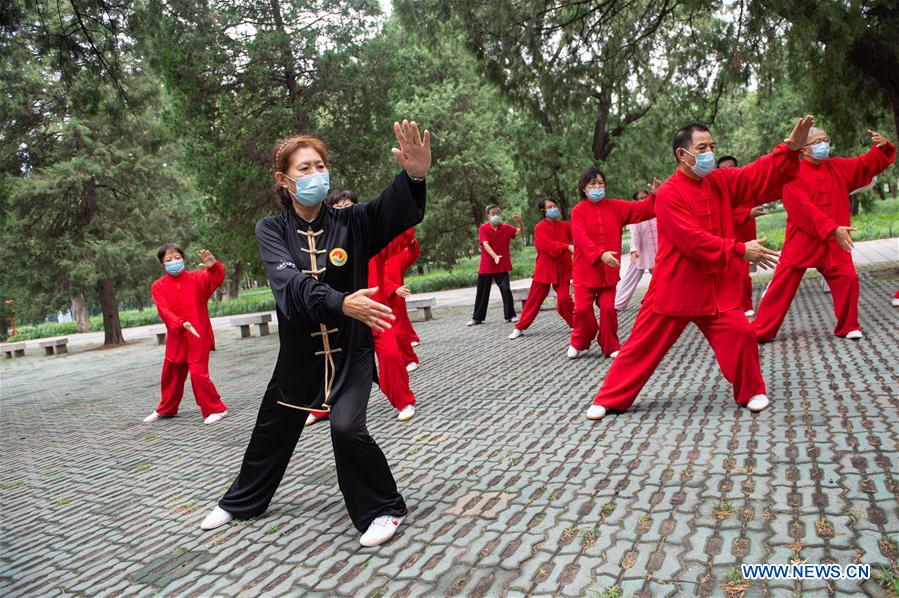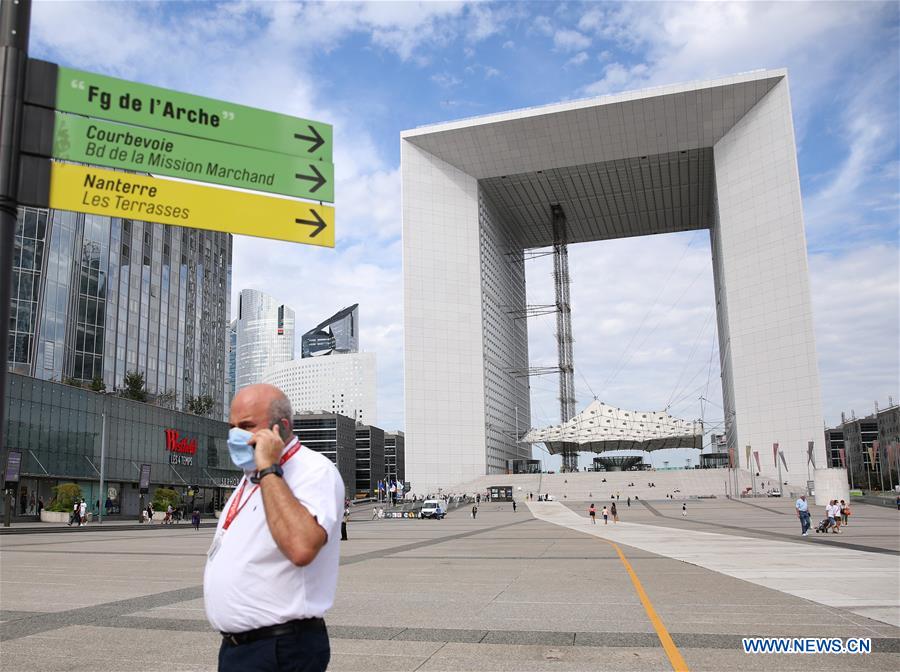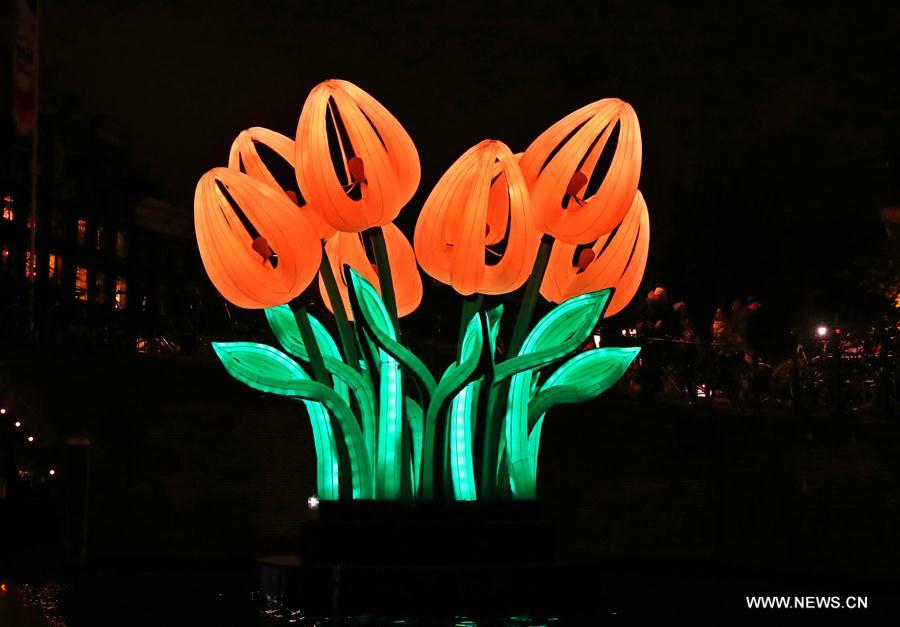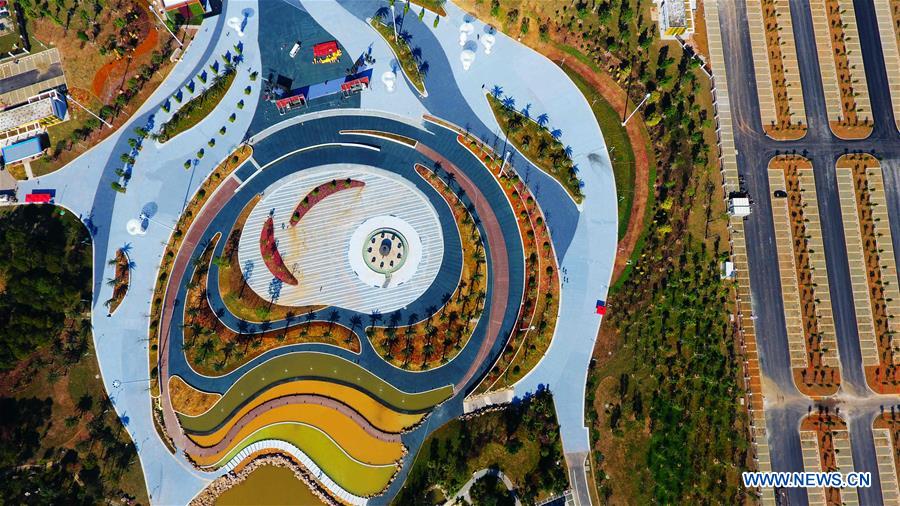-- Retail travel business has been under pressure since the COVID-19 outbreak due to the sharp fall in international travel. However, China's duty-free consumption is accelerating thanks to policy incentives.
-- From July 1, south China's Hainan Province has increased its annual tax-free shopping quota from 30,000 yuan to 100,000 yuan per person. The number of duty-free goods categories has also expanded from 38 to 45, with products such as mobile phones and laptops added to the list.
-- According to official data, Hainan's duty-free sales exceeded 5 billion yuan from July 1 to Aug. 18, an increase of 250 percent year on year. Some 740,000 customers visited the duty-free shops during the period, up 70 percent year on year.
-- China's duty-free retail market possesses huge potential as people's consumption capacity has increased amid widening market scope. Duty-free stores provide more channels and opportunities for international brands to enjoy the dividends in China's big market.
by Xinhua writers Li Laifang, You Zhixin, Zhou Huimin
SHANGHAI/HAIKOU, Aug. 22 -- Inside a duty-free shop in downtown Haikou, capital of south China's island province of Hainan, Su Yanqing was selecting a watch for herself.
"I had decided to buy a watch before I came here," said Su, a tourist from Xiamen, east China's Fujian Province. "The price in the duty-free shop is definitely lower than in ordinary shopping malls." Besides picking a watch worth about 10,000 yuan (about 1,447 U.S. dollars), she also planned to buy cosmetics and skincare products.
From July 1, Hainan has increased its annual tax-free shopping quota from 30,000 yuan to 100,000 yuan per person. The number of duty-free goods categories has also expanded from 38 to 45, with products such as mobile phones and laptops added to the list.
The previous tax-free limit of 8,000 yuan for a single item has also been scrapped, and the number of categories with a single-purchase quantity limit has been significantly reduced. For example, the duty-free single purchase limit for cosmetics has been raised from 12 items to 30.
"I no longer need to worry about the number of my purchases," said Liu Yue, a local citizen who bought a dozen skincare products in the duty-free shop.
"Thanks to the new policy, we can buy more expensive items now," she continued, appreciating the new policy for stimulating consumption.

Customers at a duty-free shop in Haikou, capital of south China's Hainan Province, Aug. 18, 2020. (Xinhua/Guo Cheng)
According to official data, Hainan's duty-free sales exceeded 5 billion yuan from July 1 to Aug. 18, an increase of 250 percent year on year. Some 740,000 customers visited the duty-free shops during the period, up 70 percent year on year.
Retail travel business has been under pressure since the COVID-19 outbreak due to the sharp fall in international travel. However, China's duty-free consumption is accelerating thanks to policy incentives.
In March, Chinese authorities unveiled new guidelines to boost consumption and unleash the potential of the domestic market, and vowed further reforms for the duty-free sector, including the building of a number of urban duty-free shops with Chinese features and expansion of duty-free business at ports.
Chen Xi, director of the Hainan provincial department of commerce, said the newly-introduced duty-free goods were welcomed by customers, with mobile phones, liquor and tablets being the best-selling products.

